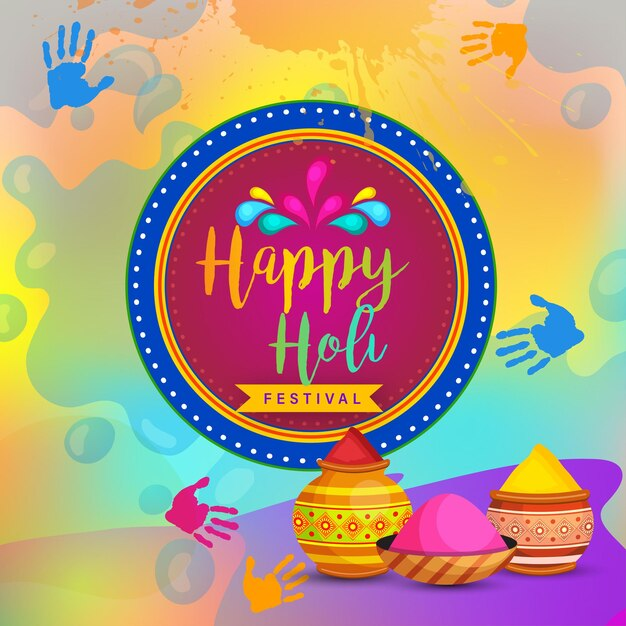Mahashivratri: Celebrating the Divine Union and Lord Shiva’s Benevolence
Mahashivratri, one of the most auspicious festivals in Hinduism, honors Lord Shiva, the Supreme Being who embodies destruction, transformation, and transcendence. This sacred occasion is marked by fervent devotion, spiritual practices, and joyful celebrations, symbolizing the cosmic union of Shiva and Shakti, and the triumph of light over darkness.
According to Hindu mythology, Mahashivratri commemorates the divine marriage (the union of Shiva and Parvati) and the day when Lord Shiva performed the Tandava, the cosmic dance of creation and destruction. Another popular legend associated with Mahashivratri narrates the story of the churning of the ocean (Samudra Manthan), during which Lord Shiva consumed poison (halahala) to save the world from destruction, earning him the title of Neelkanth (the one with a blue throat). It is believed that observing Mahashivratri with devotion and austerity pleases Lord Shiva, granting blessings, forgiveness, and liberation from the cycle of birth and death.
Mahashivratri symbolizes the divine union of Lord Shiva, the masculine principle, and Goddess Parvati, the feminine principle (Shakti), representing the harmonious balance and interdependence of cosmic energies.Devotees seek to emulate this divine union within themselves, balancing the opposing forces of creation and destruction, yin and yang, to attain spiritual wholeness and enlightenment.Mahashivratri is a time for introspection, self-discipline, and renunciation of worldly attachments. Through fasting, meditation, and prayer, devotees aspire to transcend the limitations of the material world and attain self-realization, realizing their inherent divinity and oneness with the Supreme.
Devotees observe rigorous fasting, abstaining from food and water throughout the day or consuming only specific fruits and milk. Many undertake vows of austerity, such as remaining awake all night (Jagran) and performing rituals like bathing the Shiva Lingam with water, milk, honey, and other sacred offerings. Temples dedicated to Lord Shiva are adorned with flowers, incense, and lamps, and devotees throng to offer prayers and perform special rituals. Chanting of sacred hymns, such as the Rudram and Maha Mrityunjaya Mantra, fills the air, invoking the divine blessings and protection of Lord Shiva.
Mahashivratri is celebrated with great fervor and enthusiasm across India and in Hindu communities around the world.Colorful processions, cultural performances, and musical concerts showcasing the glory of Lord Shiva captivate devotees and spectators alike. The night is illuminated with lamps and bonfires, symbolizing the triumph of light over darkness and the dispelling of ignorance by divine knowledge.
Mahashivratri epitomizes the essence of devotion, austerity, and spiritual awakening, inviting devotees to immerse themselves in the divine grace of Lord Shiva and seek inner transformation and enlightenment. As Hindus come together to celebrate this sacred festival, they renew their commitment to spiritual growth, self-realization, and the eternal pursuit of truth and liberation.
By: Ms. Shruti Sharma (Executive – ATF & Insurance)




